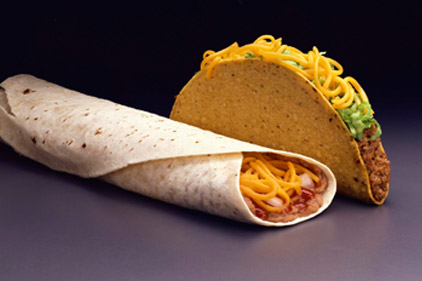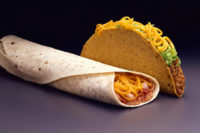After many long years, Mexican food ingredients are being examined by top U.S. chefs. Like other savvy chefs from around the world, Christopher Kostow studies and experiments with the purity of ingredients and flavors in real Mexican cuisine, which is now a top export commodity that was dismissed for decades as tortillas suffocated in heavy sauces, cheeses and sour cream. Kostow’s restaurant at Meadowood in Napa Valley has three Michelin stars. He wanted to sample the diversity of the country's fresh ingredients: gray oysters from Baja California, lychee-like hairy rambutan from southern Chiapas and even bags of red flying ants from Oaxaca.
"I don't know if you come to Mexico to learn what's new, but rather you come to Mexico to learn what's old," he says, referring to the ancient cooking traditions of the many indigenous groups. "There are flavors of great depth, and there are techniques that are pretty challenging."
Though the movement has been slow, Mexico in the last few years has begrudgingly earned the respect of Italy or France as a destination for the world's foodies, be they top chefs such as Kostow, who was crowned America's best new chef just three years ago, or curious foreigners in sandals writing food blogs and leading mezcal-tasting tours. It is the perfect model for the new global trend to cook "paleo," and eat local.
Star chef Alex Stupak runs a high-end taco joint in New York. Stupak visited a Mexico City street food stall and made a cell-phone recording of cooks kneading masa dough to make huaraches, thick oval tortillas topped with cheese and steak resembling the leather sole for which they're named.
He is experimenting with pasta made from the same dough. "We are trying to get the right consistency," Stupak says.
"Mexico is definitely a strong taste influence that we have," notes Daniel Patterson of Coi in San Francisco. "I like Mexican cooking, the depth but also the brightness, a lot of acidity.”
Soft tacos of crunchy grasshoppers or ants' larvae seasoned with garlic, onion and green pepper are delightful to many Mexicans. Paxia, one of Mexico City's many new restaurants featuring haute cuisine, includes a plate of fat, delicately seasoned with worms. "How can you get gringos to eat bugs?" said Nordic Food Lab’s Lars Williams, who grew up in New York City.
Williams and his team experiment with Mexican techniques at the nonprofit lab established by Noma chef Rene Redzepi.
One goal, he says, is to discover new flavors in edible bugs. Ants spray a defensive chemical that tastes like coriander or tobacco, and fermented grasshopper's juice tastes like a mix of mole and soy sauce, they discovered.
Source: Huffingtonpost.com


